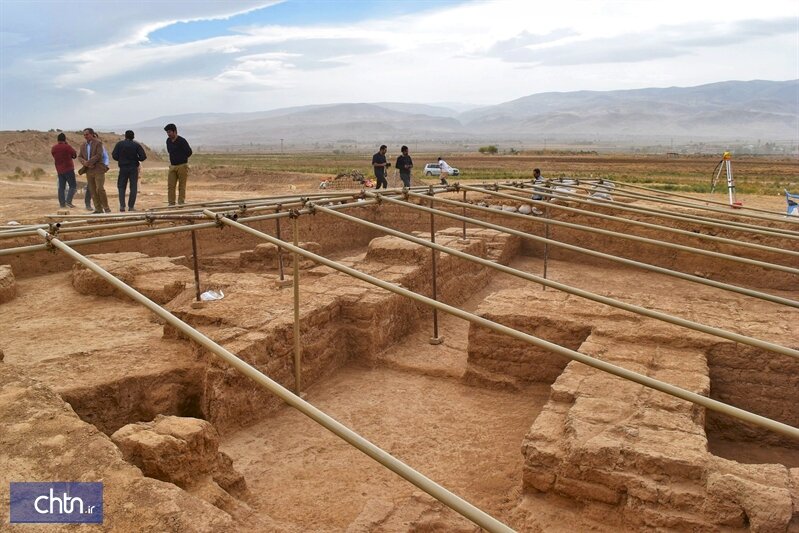Tourism complex to be constructed in Rivi archaeological site

TEHRAN - An agreement in principle has recently been reached to launch a tourism complex in Tepe Rivi, which is an archaeological hill located in Iran’s North Khorasan province.
The agreement in principle seeks to provide appropriate infrastructure for the rapid tourism development near the ancient site, and to explore its untapped potential with close cooperation of the local people, the director of the historical site said on Sunday.
The camp is planned to be constructed and managed by the private sector in close collaboration with the province’s Cultural Heritage, Tourism and Handicrafts Department, Mohammad Javad Jafari said, CHTN reported.
Prospects of tourism development make it essential to implement sightseeing projects in line with research activities to attract travelers and create sustainable jobs for the locals, the official added.
Archaeological research works in Rivi started in 2012. Since then teams of Iranian and German archaeologists accessed remains of settlements from the Bronze and Iron Age, the Achaemenid (550–330 BC), the Parthian (247 BC – 224 CE), the Sassanid dynasty (224-651 CE), and the early Islamic period.
The teams have completed seven archaeological seasons across the site and based on a new agreement their cooperation will be continued for the next five years.
Experts in the fields of archeology, geography, geophysics, geomorphology, and ecology from the [Ludwig Maximilian] University of Munich; the [Free] University of Berlin; the University of Tehran; and Shahid Beheshti University have worked in the previous rounds of research.
Based on the studies, various architectural and archaeological evidence from the Parthian and the Sassanid era were discovered in the Rivi site, which is situated in Maneh-Samalqan county of North Khorasan province.
The evidence, according to Jafari who headed the fifth season of archaeological excavation at the Rivi site, indicates the sequence of settlement in the area in the aftermath of the Achaemenid era, according to the Archaeology News Network.
In October 2020, several historical clay stamps, estimated to date from the Achaemenid and Parthian eras, were discovered in the ancient site.
“The seals were found alongside clay urns in a large hall and the seals are imprinted in a variety of geometric patterns [depicting] plants, animals, and human figures. Studying the findings can yield valuable information on the economy, culture, and arts of the ancient societies,” Jafari said.
“These stamps represent the widespread and complicated economic relations that people of the time had with other communities in such a way that made them bring together and store goods.”
Evidence suggests that residents of this area sealed the urns that were loaded with particular goods then tied them with ropes, the archaeologist said.
ABU/AFM
Leave a Comment